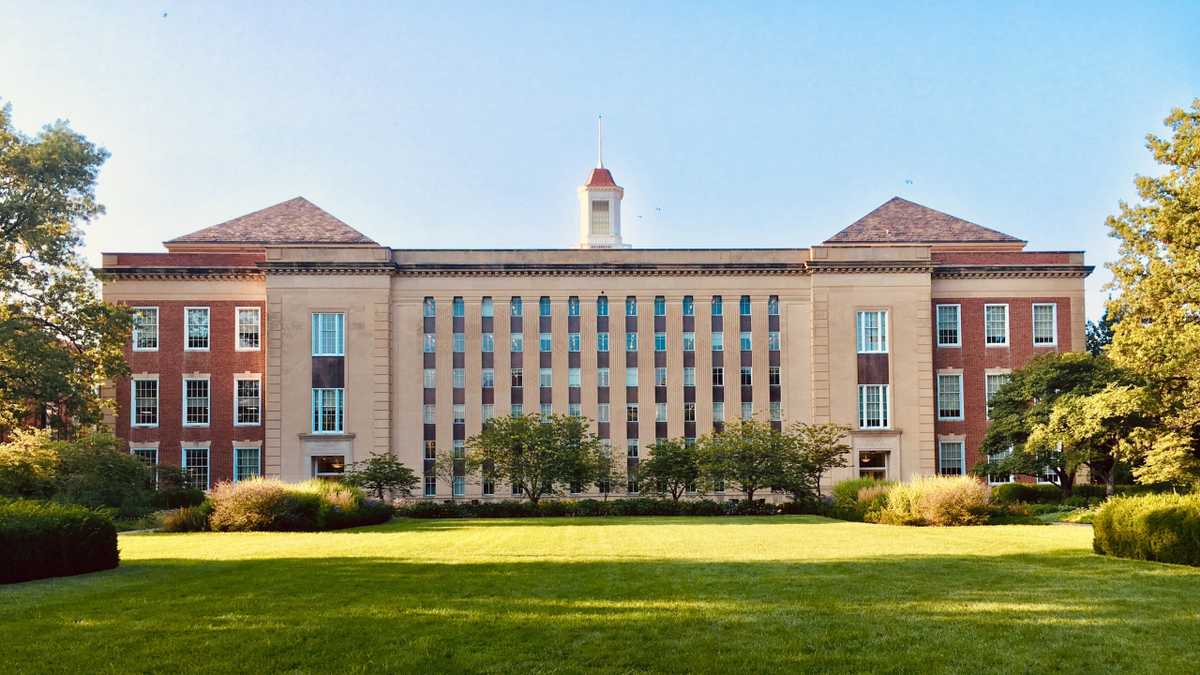Why are Native Plants Important for University Campus Landscaping?

Campus landscaping is a powerful tool for attracting prospective students and influencing their enrollment decisions.
Campus landscaping is a powerful tool that draws prospective students to the university or college and influences their enrollment decisions. In addition to creating first impressions, well-designed, open spaces also evoke tranquility and positivity, which are essential for students to truly appreciate their decision to be a part of the institution. It’s hard to find a campus brochure or a website without stunning images of well-manicured turfs and exotics.
However, in recent times, we have seen a growing shift from conventional campus landscaping to native plant landscapes in response to rising environmental concerns. Campuses are now changing their landscaping styles from “merely aesthetic” to “aesthetic and functional”. Turfs are slowly giving way to plots of native plants which are easy to grow, healthy for humans and sustainable in the long-run.
Read along to understand why native plants matter in university and college campus landscaping and how they can pave the way for a better and sustainable future!

1. Create a Lively and Bio-Diversity Rich Campus
Students spend more time on campus than at home, making it all the more necessary to create a lively, healthier atmosphere. What better way to do this than with native plant landscaping? Native plants invite plenty of native bugs, birds and animals creating a source of live entertainment for the students.
A good illustration is the wild-life-friendly landscaping at Delta State University which has introduced many endangered native keystone trees like bald cypress and water oak which increased the sightings of fox squirrels and non-venomous eastern garter snakes.
Another example of landscaping for the “wild” is the mass plantation of native trees and shrubs at the University of Nevada, Las Vegas which led to increased sightings of iconic species like roadrunners, cotton tail rabbits, hummingbirds and Great Basin Whiptails.
These instances make students realize how their lives are intertwined with wild creatures and offer them opportunities to understand their role in protecting these species.

2. Foster Environmental Stewardship
More and more institutions are planning to convert their campuses into ecological communities, which increase interactions with local plant, insect and wildlife populations. At the heart of this initiative is native plant landscaping which multiplies the in-campus biodiversity with the power of native plants. By observing new sights and sounds of busy bees, birds and curious animals, students get a chance to appreciate the speciality of their campus, making them more inclined to protect it.
For instance, the University of Minnesota shows its commitment towards the conversation of many birds and butterflies through initiatives like the butterfly garden, native prairie garden etc. The campus is now home to many endangered bird and butterfly species and even turns into a stopover spot for many migratory birds like sparrows. Students actively participate in these conservation efforts, increasing their understanding of complex environmental issues and building the right skills to address them.
3. Instill Sustainable Living
Many institutions, like the University of Southern California and the University of Nevada, Las Vegas, are getting into sustainable landscaping practices by introducing native plants to their campus. These initiatives are in response to the problem of conventional turf lawns taking up more natural resources than giving back to nature.
By creating sustainable landscapes with indigenous plants, university campuses can preach what they practice about the importance of sustainability in the modern world. These green spaces turn into teaching grounds for students to heighten their knowledge about the escalating environmental crisis. This education plays an important role in building the next generation that practices sustainable living and takes environmental-friendly decisions.
NOTE: To strike a balance between sustainability and environmental-friendly landscaping, you must choose the right native plants for your campus. The chosen native plants must be non-invasive in your region, use minimal resources and support native wild species. Putting random native plants not native to your area ends up drowning the whole mission of ‘landscaping for the wild’.
While this article talks about instances of educational campuses implementing native plant landscapes, there are many big private and public sector offices joining the bandwagon. In the next article, we will spotlight a case study of a Mayor’s Office in Columbus, Ohio that took help from My Home Park to transform their nearly-dead turfs into beautiful, functional spaces.


References:
1. https://news.usc.edu/180040/native-plants-usc-campus-student-project-natural-gardens/
Share this article


